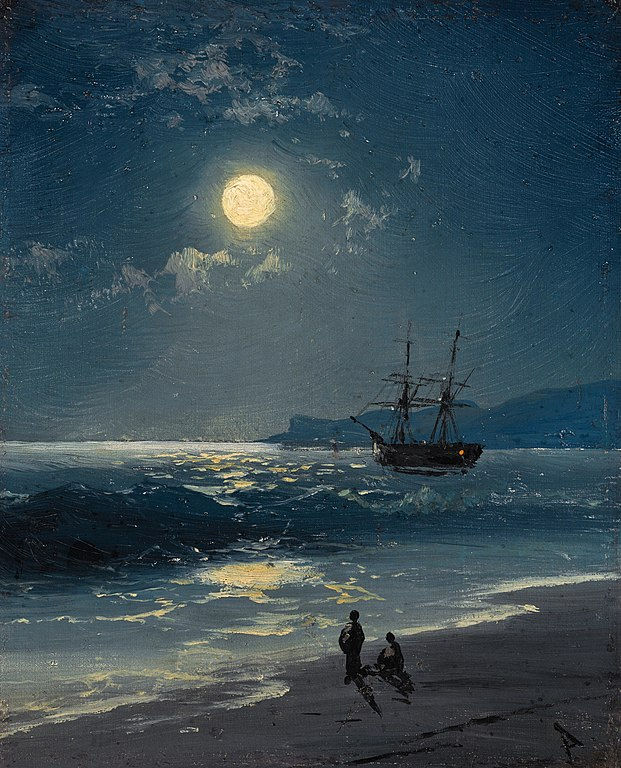The Universe is Too Young
- Tim Stephenson

- Nov 2, 2021
- 3 min read
Updated: Dec 3, 2021
Now you wouldn’t hear too many people say that. This statement kind of flies in the face of our typical perspective. Indeed, most will agree that the age of the universe is just shy of 14 billion years (13.8 to be precise, but what’s a couple hundred million years between friends? I mean, you don’t look a day over 13 billion!). Yet, can I suggest that it’s still too young to give us the whole picture?
The age of the universe is based on two main things: speed and distance. Of course, that memorable high school formula in a junior physics class told us that distance = velocity x time. A simple rearrangement of that equation would show us that time is equal to distance divided by velocity. We can get the velocity of the galaxies (yes, implying that the redshift seen in the light means that the universe is moving…away) fairly easily, but distance is the hardest value to determine in space. It’s hard to lay out a tape measure in space!

The speed of the receding galaxies can be equated to the percent shift in it’s light. If the wavelength we expect for a particular colour is 400 nanometers, but we observe it to be 440 nm in the light from a galaxy, then there is a 10% shift and the recessional speed is 30,000 km/s. (Recall that light speed is 300,000 km/s). Astronomers have observed the most distant galaxies to be shifted as much as 100%, which tells us that they are receding at the speed of light!
Regarding distance, this can be determined by measuring the brightness of stellar objects as they appear from Earth, then comparing that to how bright they actually are. For example, the Type 1A Supernova always explodes with a constant and known brightness. The distance to the event is based on the ratio of apparent to absolute magnitude. Sort of like saying that we all know how bright a 60-watt light bulb is. If it were moved 1 km away, it would appear dimmer and if it was 10 km away, it would appear even dimmer. The ratio of brightness from how it looks to how it is can be equated to distance. You see, there ARE ways to determine distance, but it still isn’t easy.
However, if you read that carefully, you will see that we can indeed determine the distance and speed of the galaxies. We’ve found that the closer galaxies are moving away slower and the more distance galaxies faster. If we extrapolate the data “in reverse”, we can determine the point in time when they started to move apart. And that number is about 13.8 billion years ago. The universe had a beginning!
Then why would I think that the universe is still too young?! The reason is a beautiful one, I think. It’s because all of nature obeys the law of entropy which means that there is a tendency towards chaos and decay. Yet we don’t really see that when we take into consideration the universe as a whole entity. It seems that from a rapid expansion, from a point infinitely hot and dense, matter was hurled outward to become what we see today. Spiral galaxies of immense beauty and great structure. It seems that the universe is the only thing that doesn’t follow the natural laws of ultimate chaos. It seems that structure arose from chaos, and this isn’t seen anywhere else. Mountains erode, trees fall, ships rust…the ladder will blow down in the windstorm, but it will not blow back up.
Then came the insight of a student I teach who said, “maybe we haven’t been watching long enough”. I was blown away by this comment and he was absolutely right. The universe will eventually succumb to entropy, just like every other aspect of nature. We haven’t seen the decay of the universe yet and why? Because the universe just isn’t old enough.
Let’s let the tape roll, because this show has only just begun!






Comments